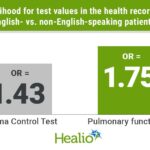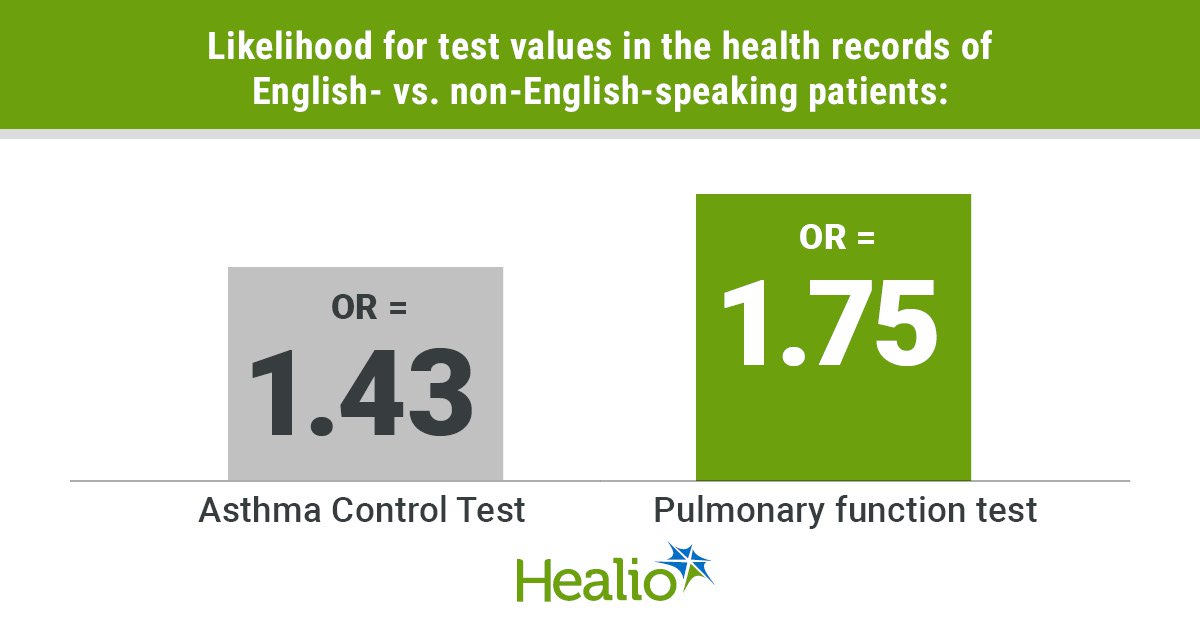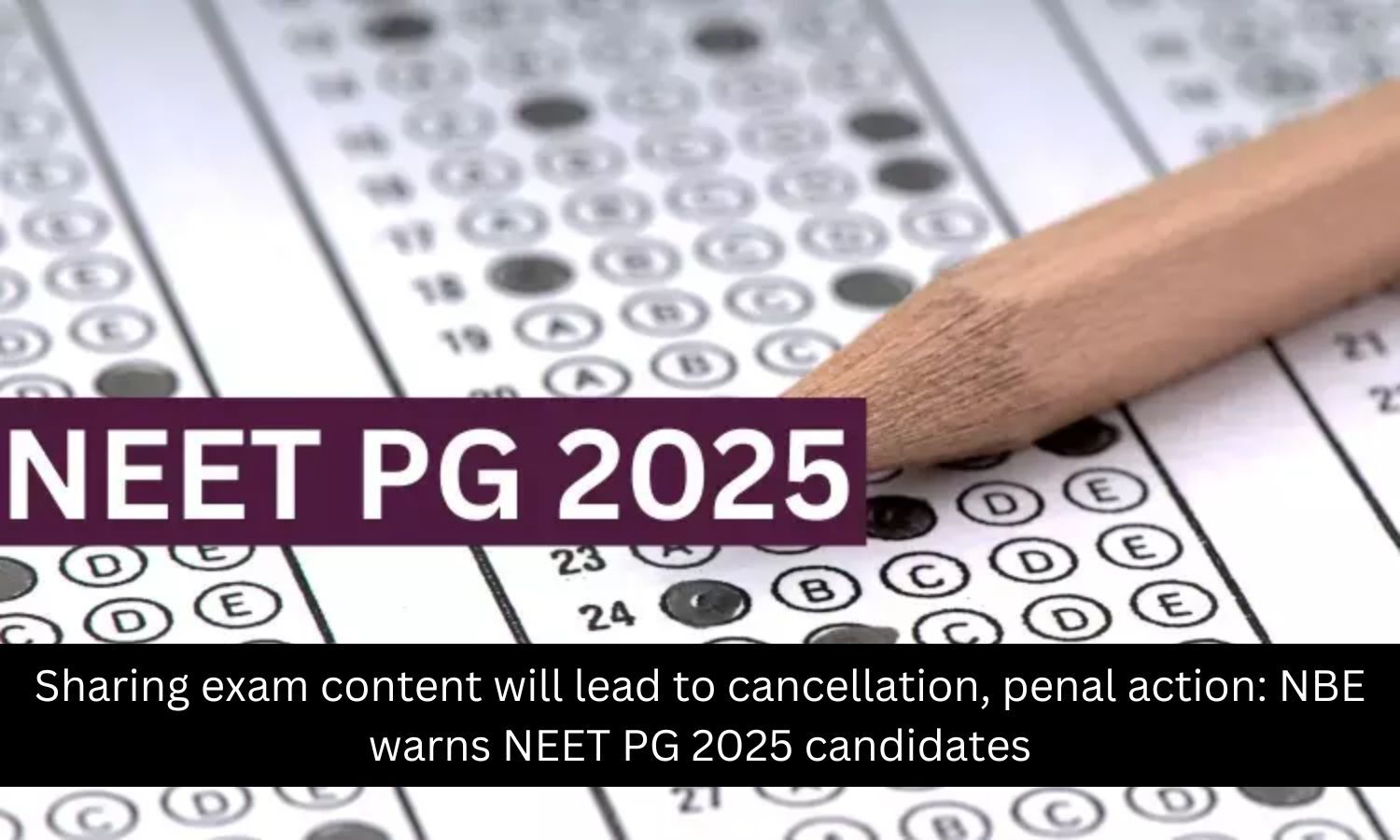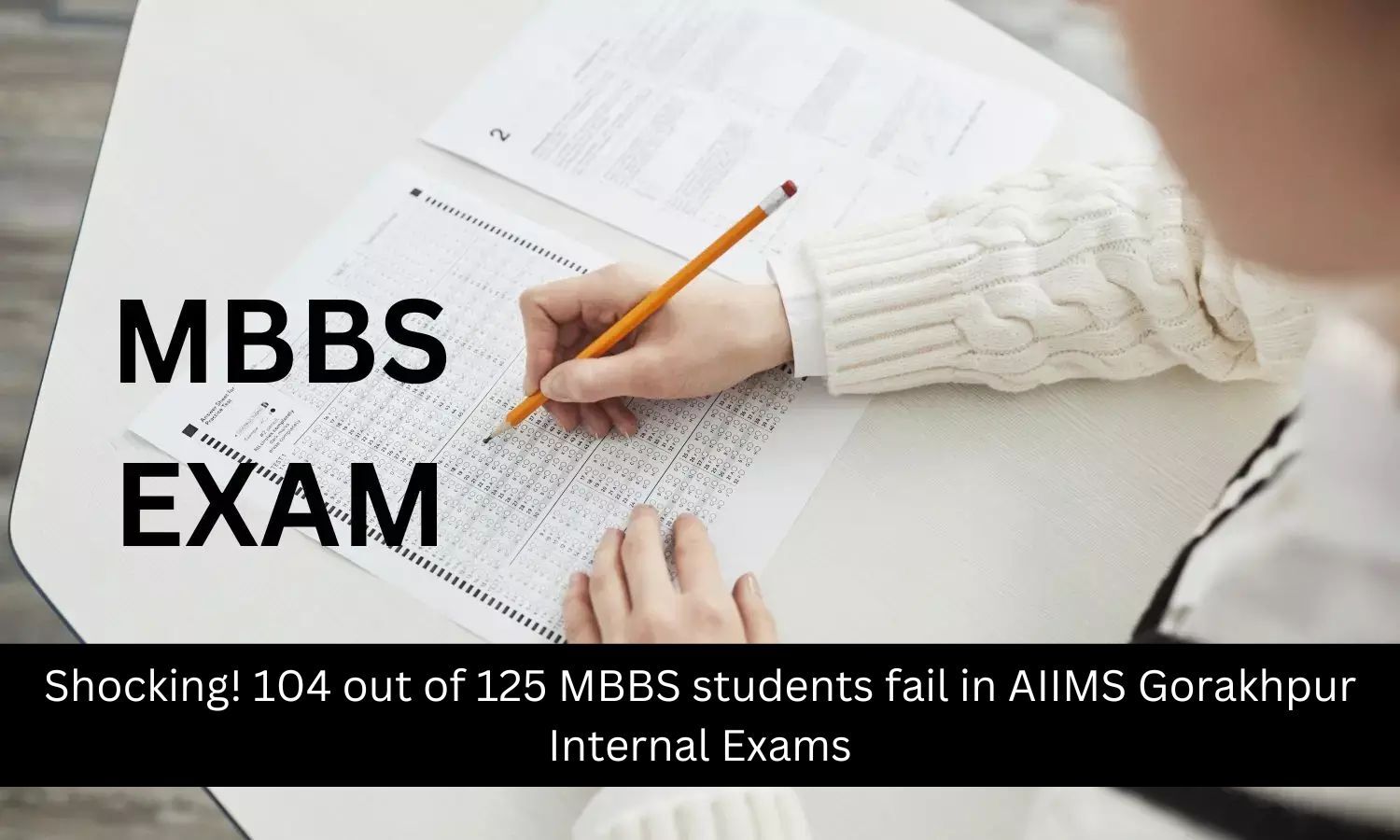August 05, 2025
2 min read
Key takeaways:
- More than 70% of patients requesting assistance identified as African American.
- Patients who received assistance achieved 100% compliance vs. 49.8% in the independent group.
NASHVILLE, Tenn. — Direct telephone assistance may help mitigate systemic bias in electronic patient-reported outcome measure follow-up and health outcome monitoring, according to results presented here.
“It still comes down to the human side sometimes, where you have that direct human contact with your patient. If you did not, you would lose a significant portion of your population of patients’ information,” Steven J. Svoboda, MD, sports medicine surgeon at MedStar Health, told Healio about results presented at the American Orthopaedic Society for Sports Medicine Annual Meeting. “At that point, there would definitely be risks that you would have systemic bias in how you make decisions and how you care for patients without being able to capture the data we get from direct patient access.”

Data were derived from Svoboda SJ, et al. Paper 36. Presented at: American Orthopaedic Society for Sports Medicine Annual Meeting; July 10-12, 2025; Nashville, Tenn.
According to the abstract, Svoboda and colleagues prospectively collected data from 336 patients with upcoming outpatient sports medicine appointments between June 2023 and March 2024 who were assigned electronic patient-reported outcome measures as part of their standard of care.

Steven J. Svoboda
Patients who had incomplete electronic patient-reported outcome measures were contacted and offered direct telephone assistance to complete their surveys. Svoboda and colleagues compared the age, race, area deprivation index (ADI) scores and Patient-Reported Outcome Measurement Information System Global Health scores of patients who requested assistance vs. those who chose to complete the surveys independently.
According to Svoboda, 70.1% of patients asking for assistance identified as African American.
Patients who identified as African American also had higher pain scores, higher ADI scores and worse physical health scores than people who identify as white, according to the abstract. In addition, Svoboda said the average ADI score for those asking for assistance was higher than those in the independent group.
Svoboda also said patients who had higher pain scores requested direct telephone assistance more often than those in the independent group.
According to the abstract, patients who received telephone assistance achieved 100% compliance, while the independent group achieved 49.8% compliance.
“Our ongoing study is also looking at further interventions with the electronic patient-reported outcome measures at 1 month, 6 months and further out with the idea that if we can continue with the direct telephonic assistance, we can continue to collect rigorous variables and data that can help inform our clinical decision-making for our patients,” Svoboda told Healio.
For more information:
Steven J. Svoboda, MD, wishes to be contacted through Debra Schindler at debra.schindler@medstar.net.









